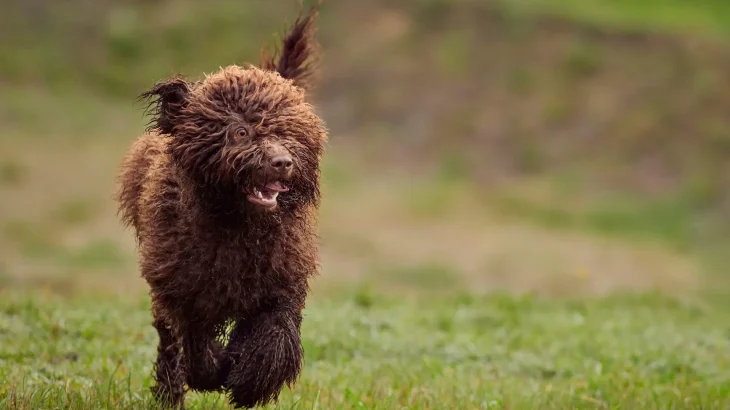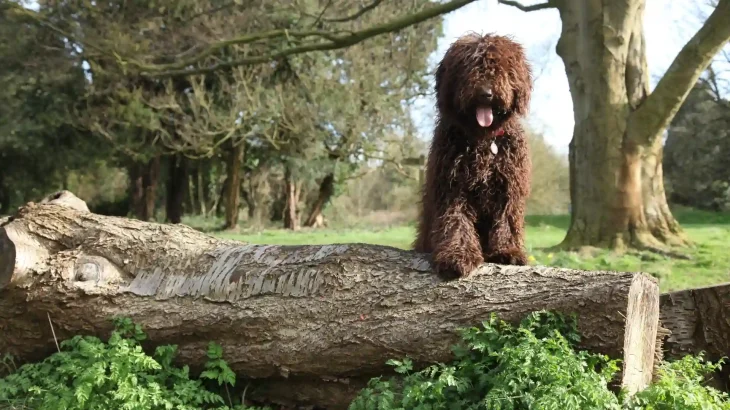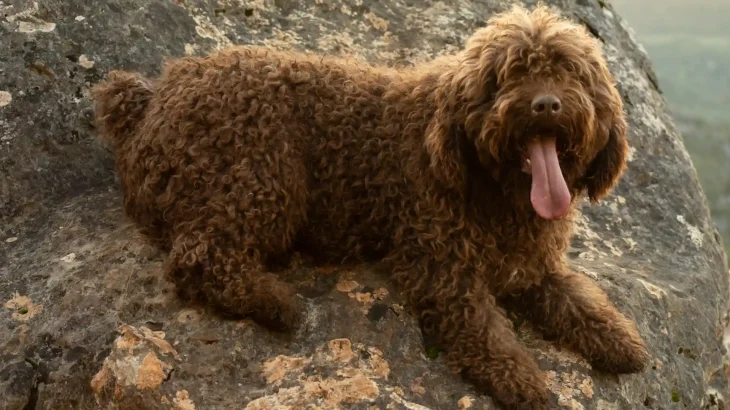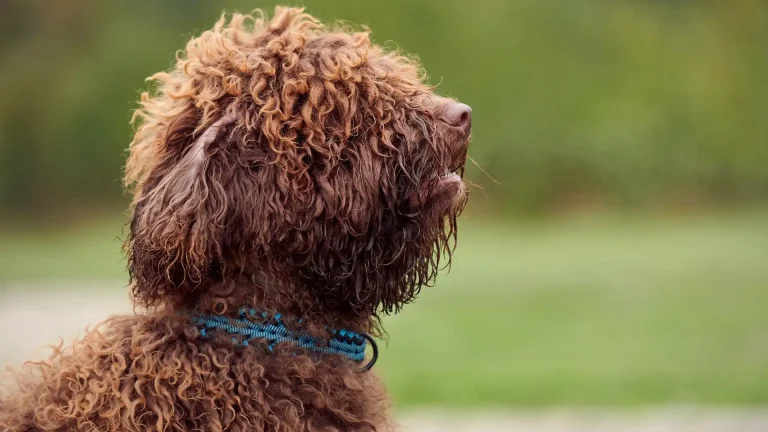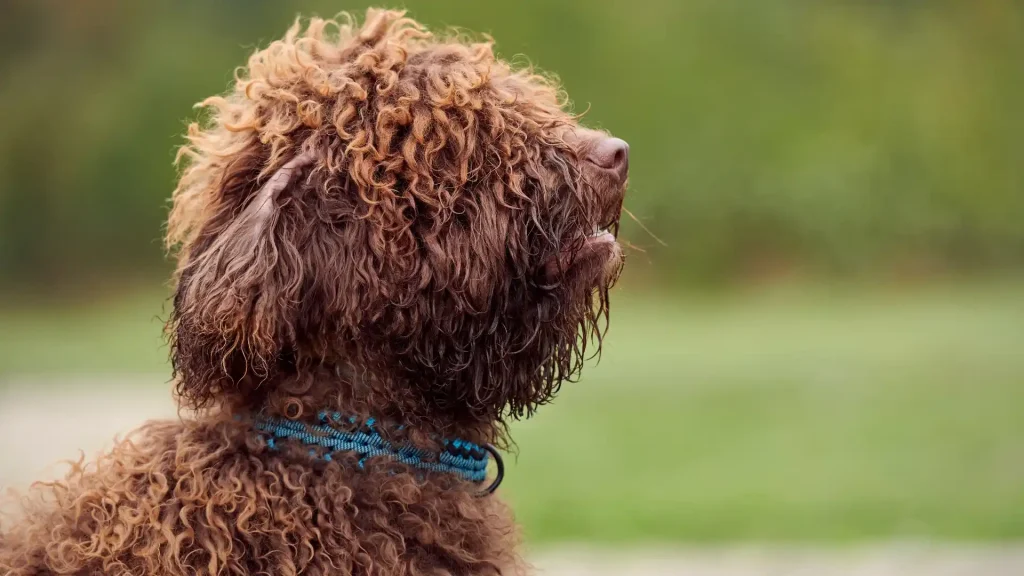Deciding whether to adopt or purchase a Spanish Water Dog puppy involves weighing factors such as cost, health transparency, and ethical considerations. Purchasing from a breeder often offers predictable health history and pedigree but comes at a higher cost. Adoption could be less expensive and supports animal welfare, though detailed background information might not be as readily available.
| Criteria | Buying from Breeder | Adopting from Shelter/Rescue |
|---|---|---|
| Cost | Higher initial cost, typically $1,500 to $3,000. | Lower fees, often including vaccinations and spaying/neutering. |
| Health History | Detailed health records and genetic screening usually provided. | Health history may be unknown; shelters perform basic health checks. |
| Age Availability | Primarily puppies, allowing early bonding and training. | Variety of ages, including adults. |
| Temperament Insight | Breeders can share lineage temperament traits. | Shelter staff share observed behaviors; full background may be uncertain. |
| Supporting Practices | Supports ethical breeding if breeder is responsible. | Supports animal welfare by giving homes to dogs in need. |
| Ethical Considerations | Ensure breeder follows responsible breeding standards. | Helps reduce shelter overpopulation and saves lives. |


